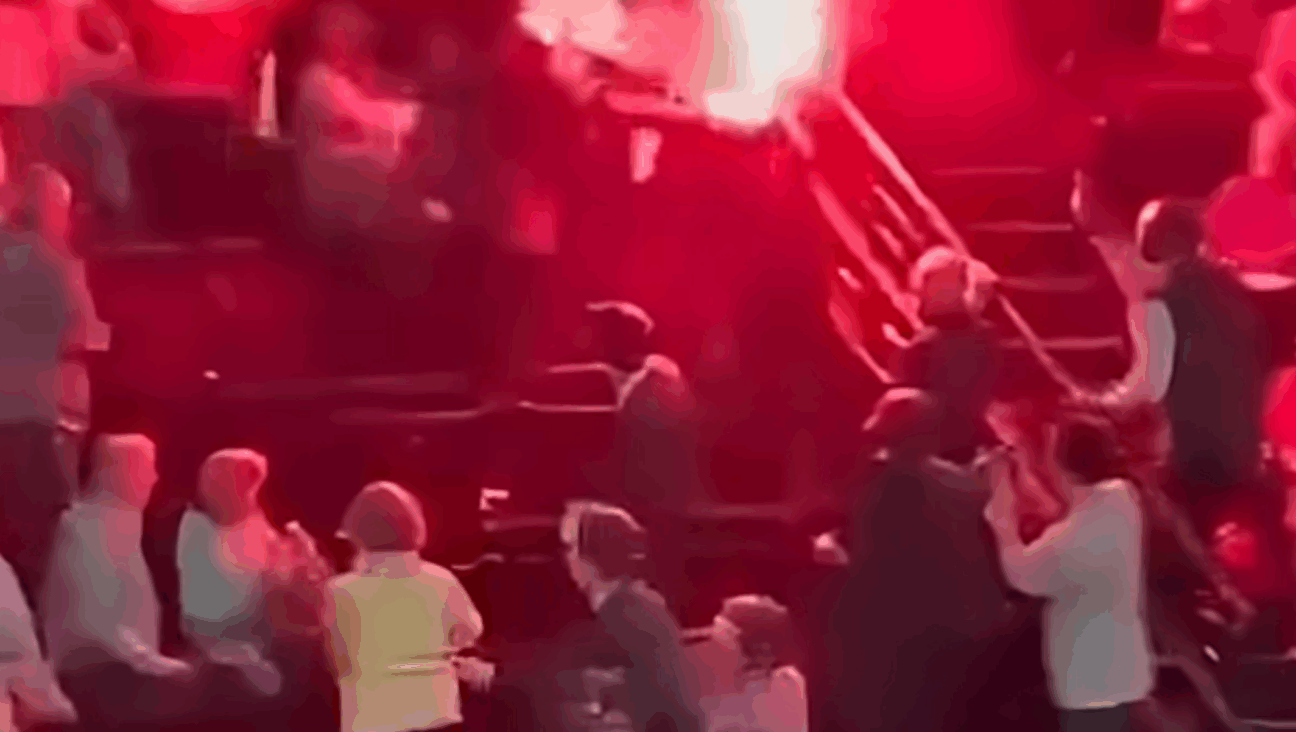Tunnel Used by LIthuania Jews To Escape Nazi Ponary Massacre Is Uncovered

Graphic by Angelie Zaslavsky
JERUSALEM — A tunnel in Lithuania used by Jews to escape the Nazis during World War II has been uncovered by an international research team.
The Israel Antiquities Authority announced the discovery on Wednesday in a statement.
The tunnel used by the prisoners of Ponar to escape from the Nazis was located using the new technology Electric Resistivity Tomography.
The 100-foot-long tunnel at the Ponar forest massacre site near Vilnius has been located through the joint efforts of the Israel Antiquities Authority, University of Hartford, Advisian, Vilna Gaon State Jewish Museum and the PBS Series NOVA.
Some 100,00 people, of whom 70,000 were Jews from Vilna and the surrounding area, were massacred and thrown into pits in the Ponar forest near the Lithuanian capital during World War II. With the retreat of the German forces on the eastern front and the advance of the Red Army, a special unit was formed in 1943 with the task of covering up the tracks of the genocide. In Ponar this task was assigned to a group of 80 prisoners from the Stutthof concentration camp.
At night the prisoners, whose legs were shackled, were held in a deep pit, previously used for the execution of Vilna’s Jews, while during the day they worked to hide the mass graves and burn the corpses. The prisoners knew that once they finished their task they too would be killed. Some of the workers decided to escape by digging a tunnel from the pit that was their prison. For three months they dug the using only spoons and their hands. On the night of April, 15, 1944, the prisoners cut their leg shackles with a nail file, and 40 of them crawled through the narrow tunnel. They were quickly discovered by the guards and many were shot. Some 15 managed to cut the fence of the camp and escape into the forest. Eleven reached the partisan forces and survived the war.
After World War II the location of the tunnel was lost, and several unsuccessful attempts were made to find it.
NOVA is planning to screen a documentary on the history of the Jews of Vilna and the discovery of the tunnel in 2017. The partners in the discovery of the tunnel plan to expose the tunnel for public viewing as part of the memorial for the victims of Vilna and the surrounding area, according to the Israel Antiquities Authority.
“As an Israeli whose family originated in Lithuania, I was reduced to tears on the discovery of the escape tunnel at Ponar,” Dr. Jon Seligman of the Israel Antiquities Authority said in the statement. “This discovery is a heartwarming witness to the victory of hope over desperation. The exposure of the tunnel enables us to present, not only the horrors of the Holocaust, but also the yearning for life.”













